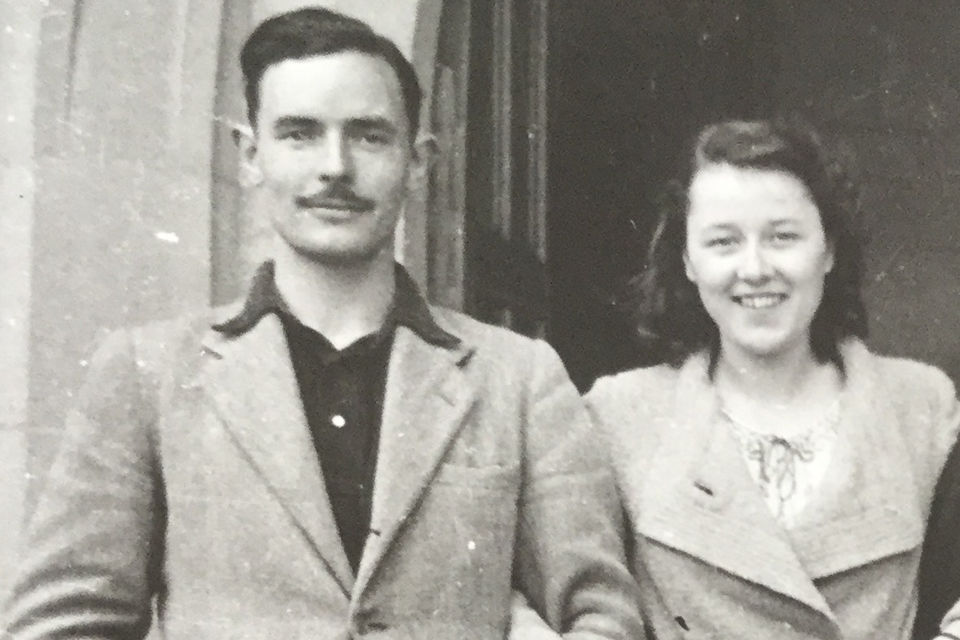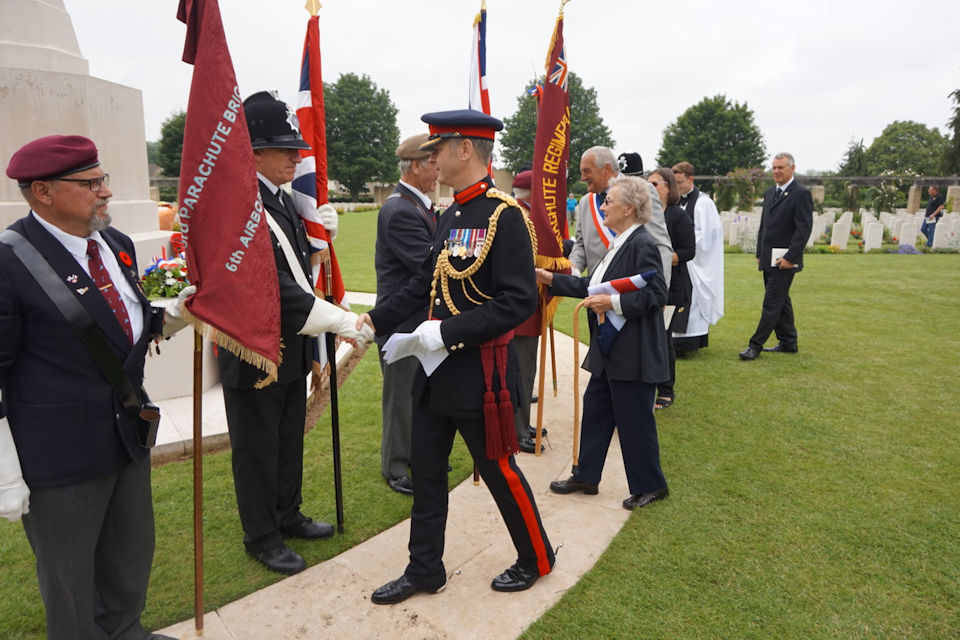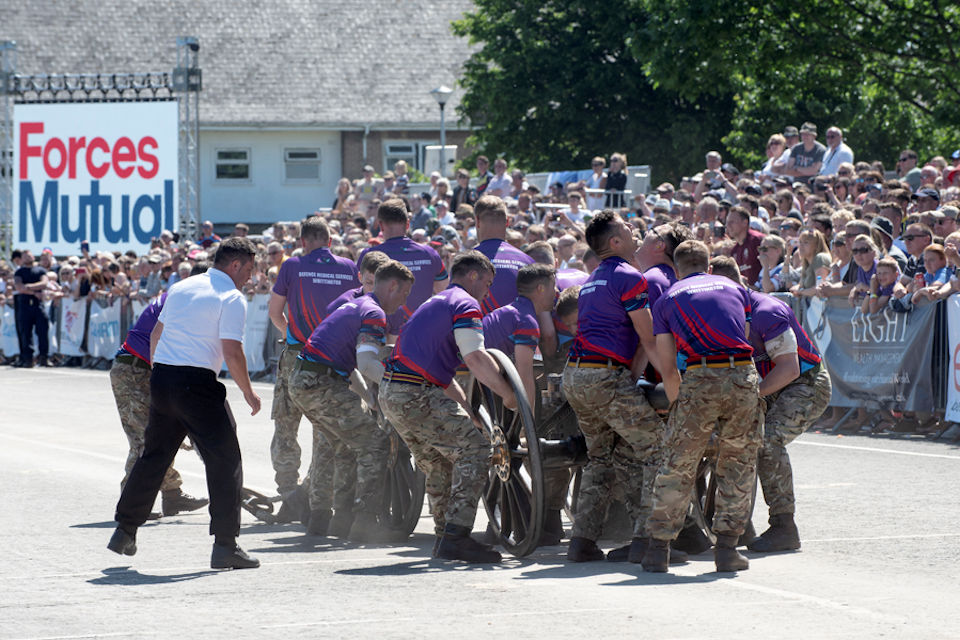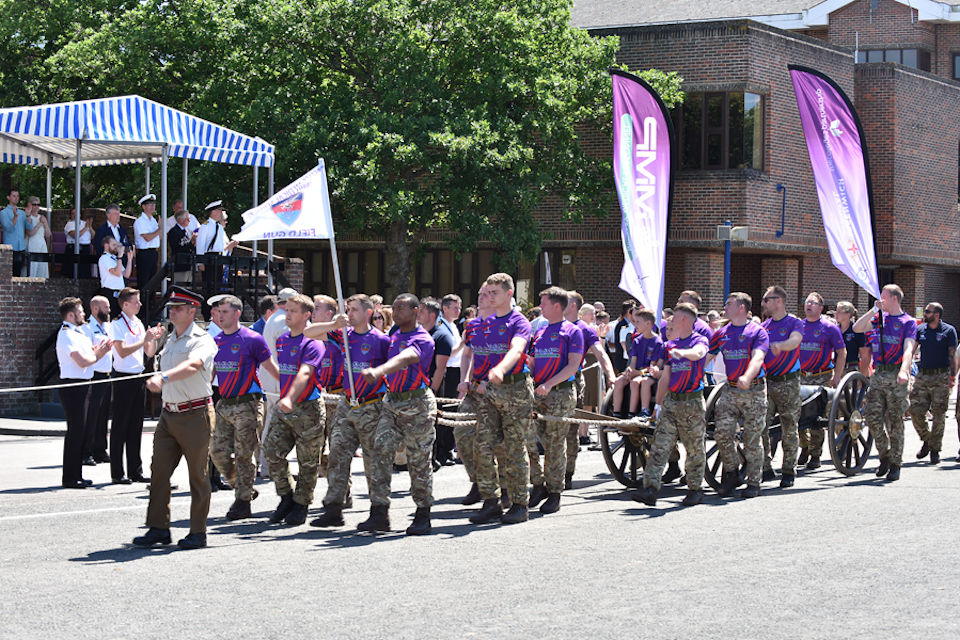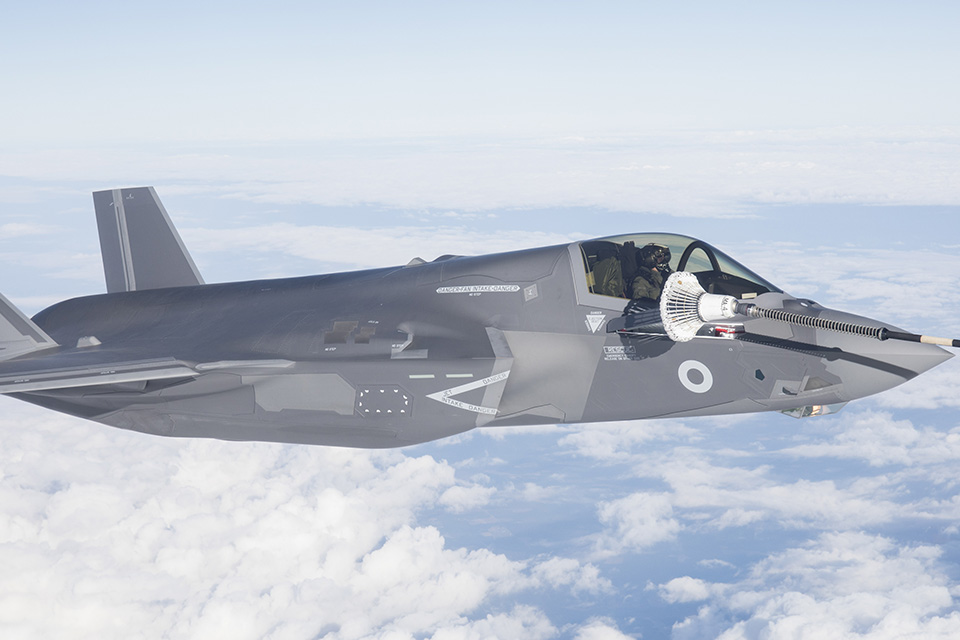News story: Defence Secretary announces new UK deployments
Defence Secretary Gavin Williamson has announced new UK deployments as he acknowledges the Alliance’s importance to Europe’s defence, stability and security.
Speaking at the NATO Defence Ministerial in Brussels, the last ahead of the Summit in July, Mr Williamson committed UK jets to policing over Estonia and Iceland for 2019. He went on to announce that the UK would send 40 more UK troops to Bosnia & Herzegovina in demonstration of the Britain’s role at the forefront of European security.
Defence Secretary Gavin Williamson said:
Whilst the UK’s relationship with the EU is changing, our unconditional commitment to European security remains resolute.
Be it our continued involvement in NATO’s Air Policing or additional UK troops assisting EU-led operations in Bosnia & Herzegovina, our actions send a clear message – we are committed to tackling new challenges and conventional threats alongside our longstanding allies and partners.
As part of NATO’s Air Policing measures, which see NATO fighter jets ready to react 24 hours a day, 7 days a week, 365 days a year, the UK currently has four RAF Typhoons deployed to Mihail Kogălniceanu Airbase in Romania supporting security in the South and the Black Sea region.
In 2019, four RAF Typhoons will return to Estonia, where they conducted Air Policing in 2016, and, for the first time, will patrol Icelandic skies later in the year. This will allow the UK to work closely with allies to deter aerial threats to Euro Atlantic security. The mission will also provide the RAF with unique opportunities to test its skills in different environments.
On the second day, Mr Williamson announced that the UK will send 40 extra personnel to the EUFOR operation in Bosnia & Herzegovina, Operation Althea. They will join a specialist surveillance and intelligence taskforce for six months.
The UK played a key role in the Western Balkans in the 1990s, and we have continued to help keep the region on the road to reform and stability. As well as our commitment to Operation Althea in Bosnia & Herzegovina, the UK also has approximately 30 troops as part of the NATO Kosovo Force, working with allies Germany, Italy, Turkey, Poland and the US providing intelligence, surveillance and reconnaissance capabilities.
Both efforts underline the importance of NATO and the EU working alongside each other to promote security and stability in Europe, with the UK playing a key part.
Prior to the NATO Defence Ministerial, Mr Williamson attended a meeting in The Hague with his counterparts from the ten Northern Group member nations, including Denmark, Estonia, Finland, Germany, Latvia, Norway, Poland, Sweden and The Netherlands.
They discussed relations with Russia, particularly how the Group can work together to counter Russian strategic communications, as well as reiterating support for Britain following the Salisbury incident.
